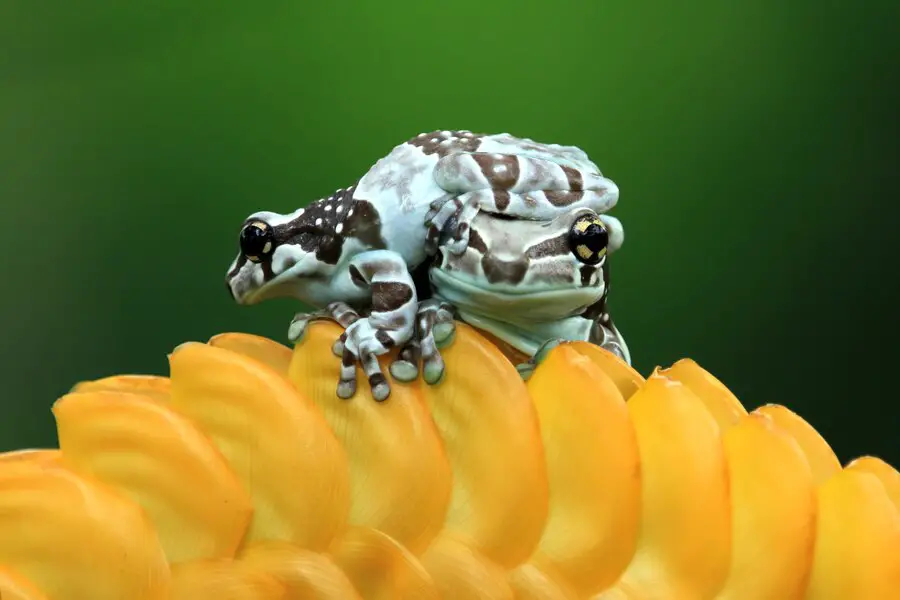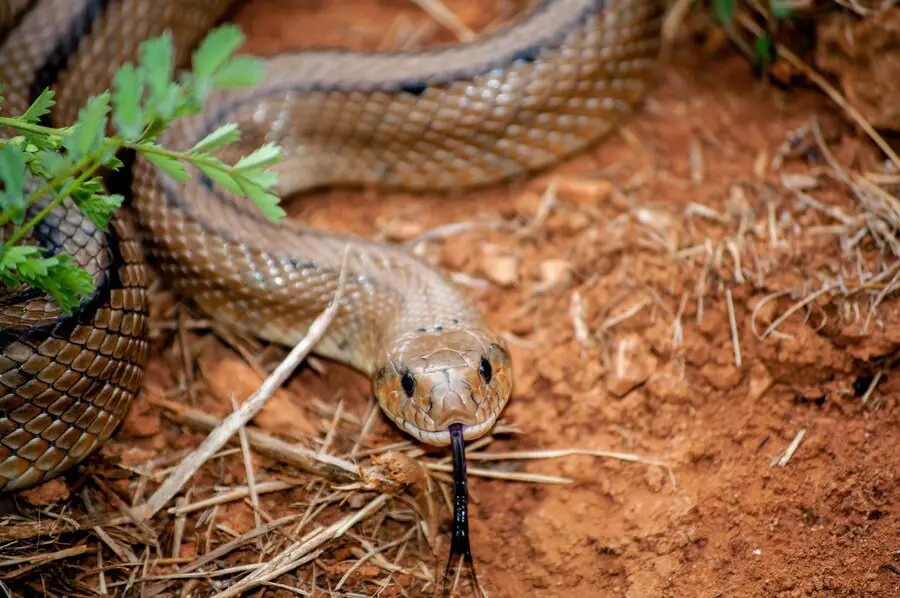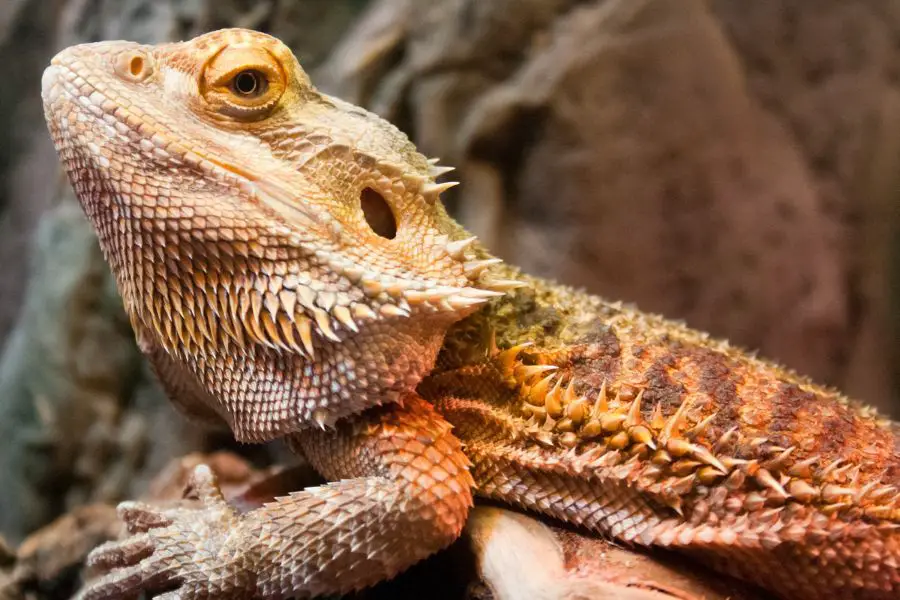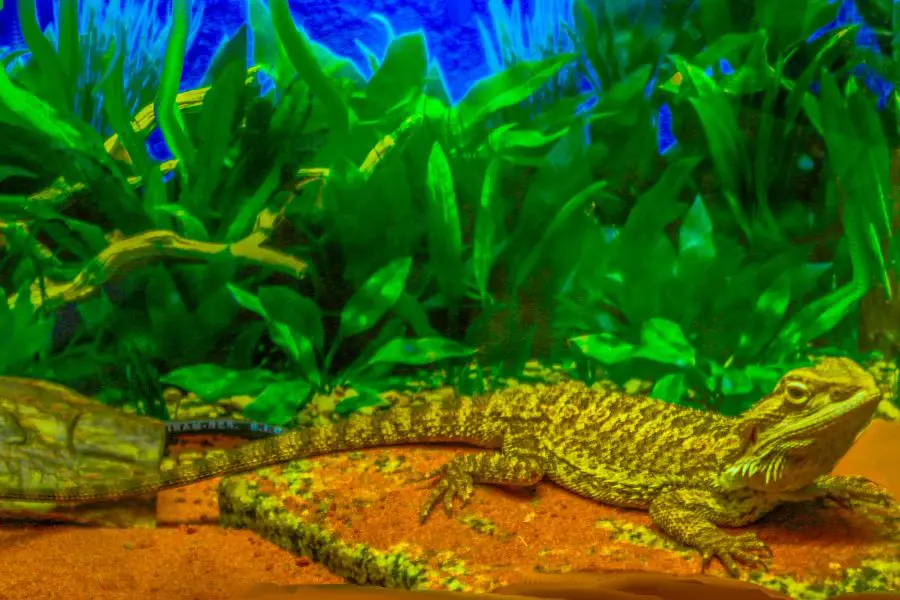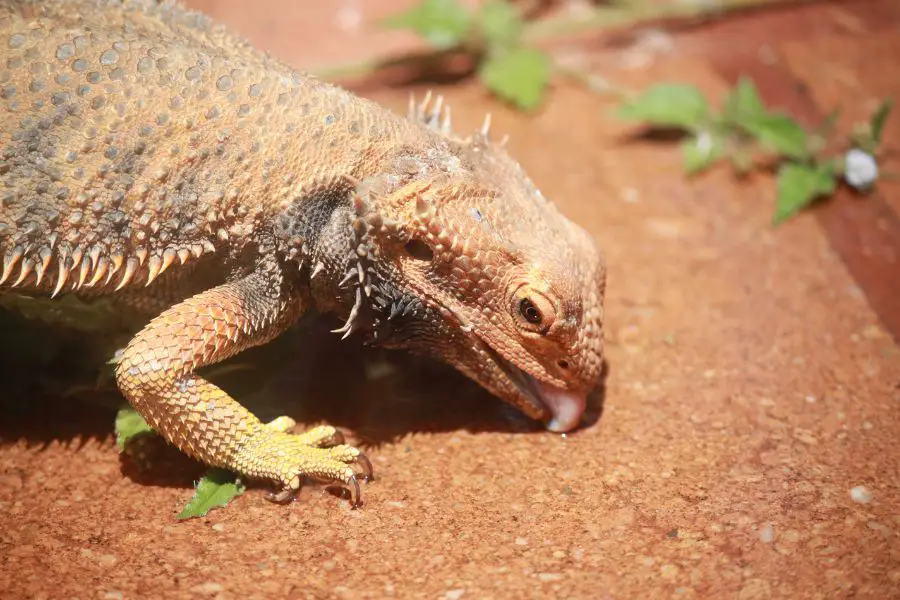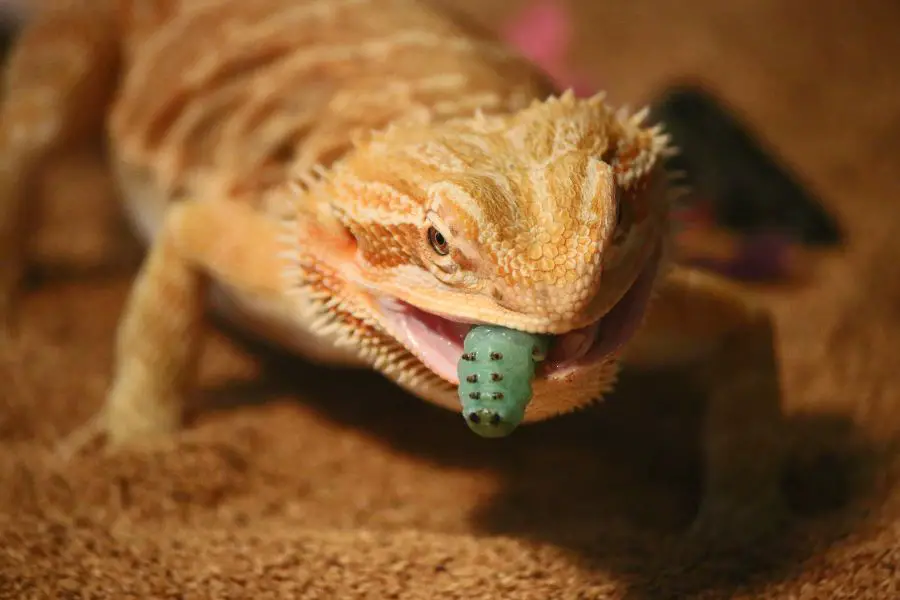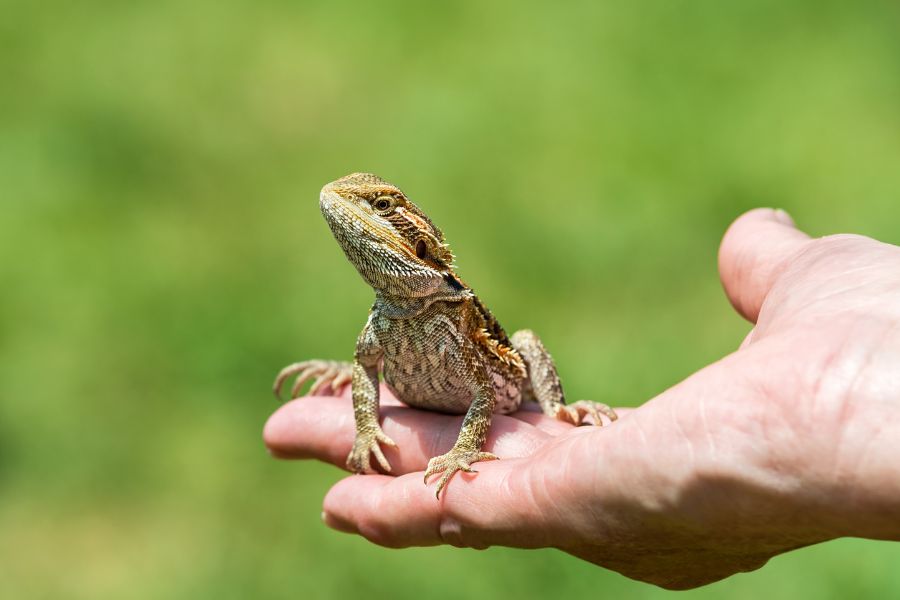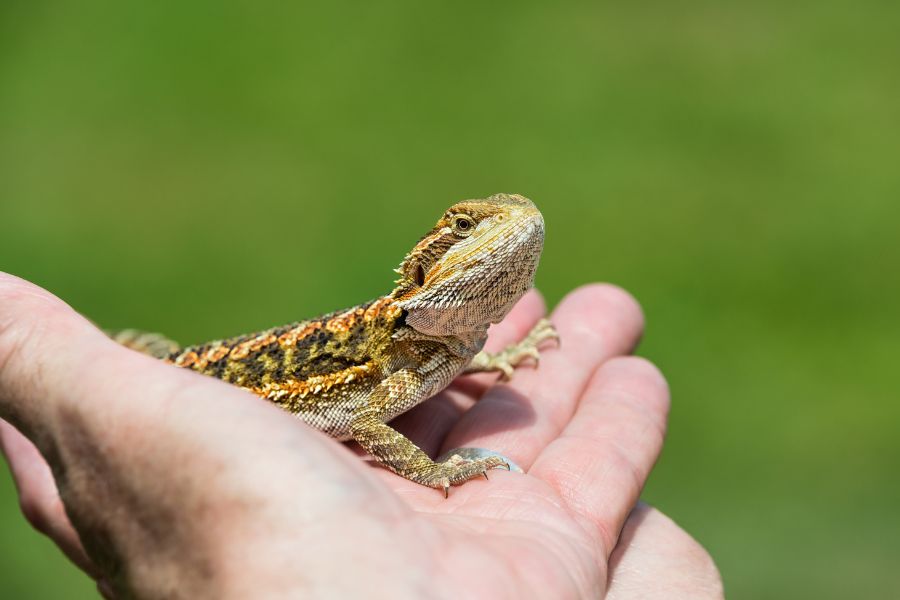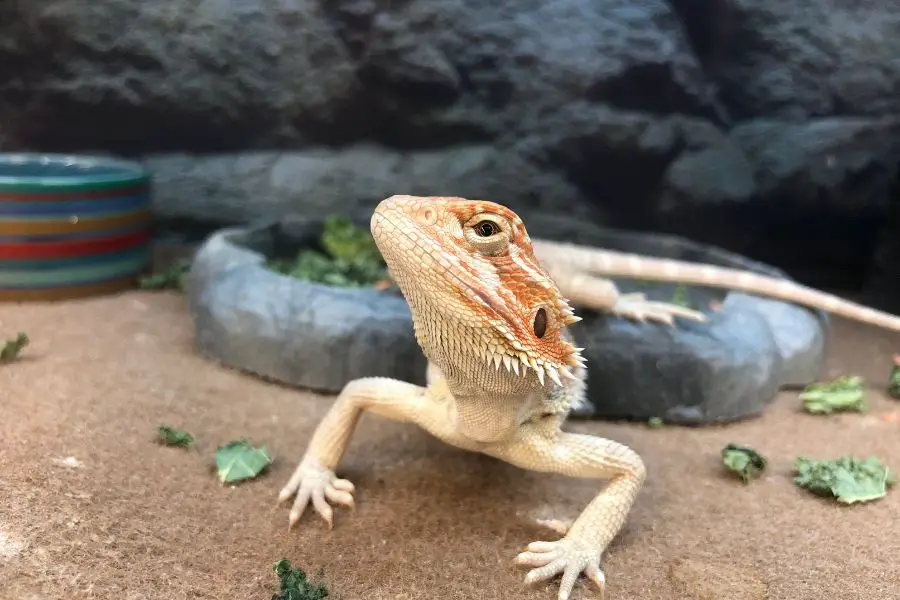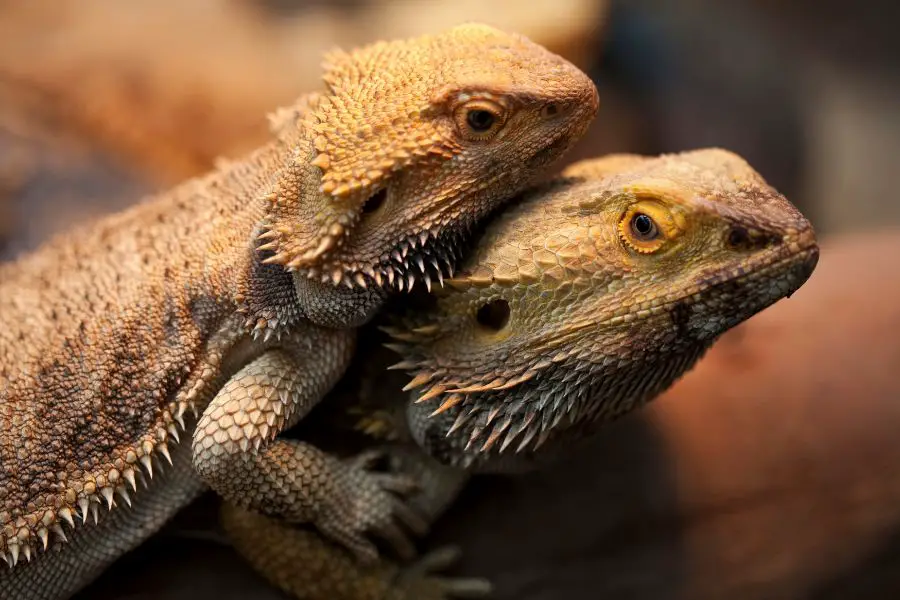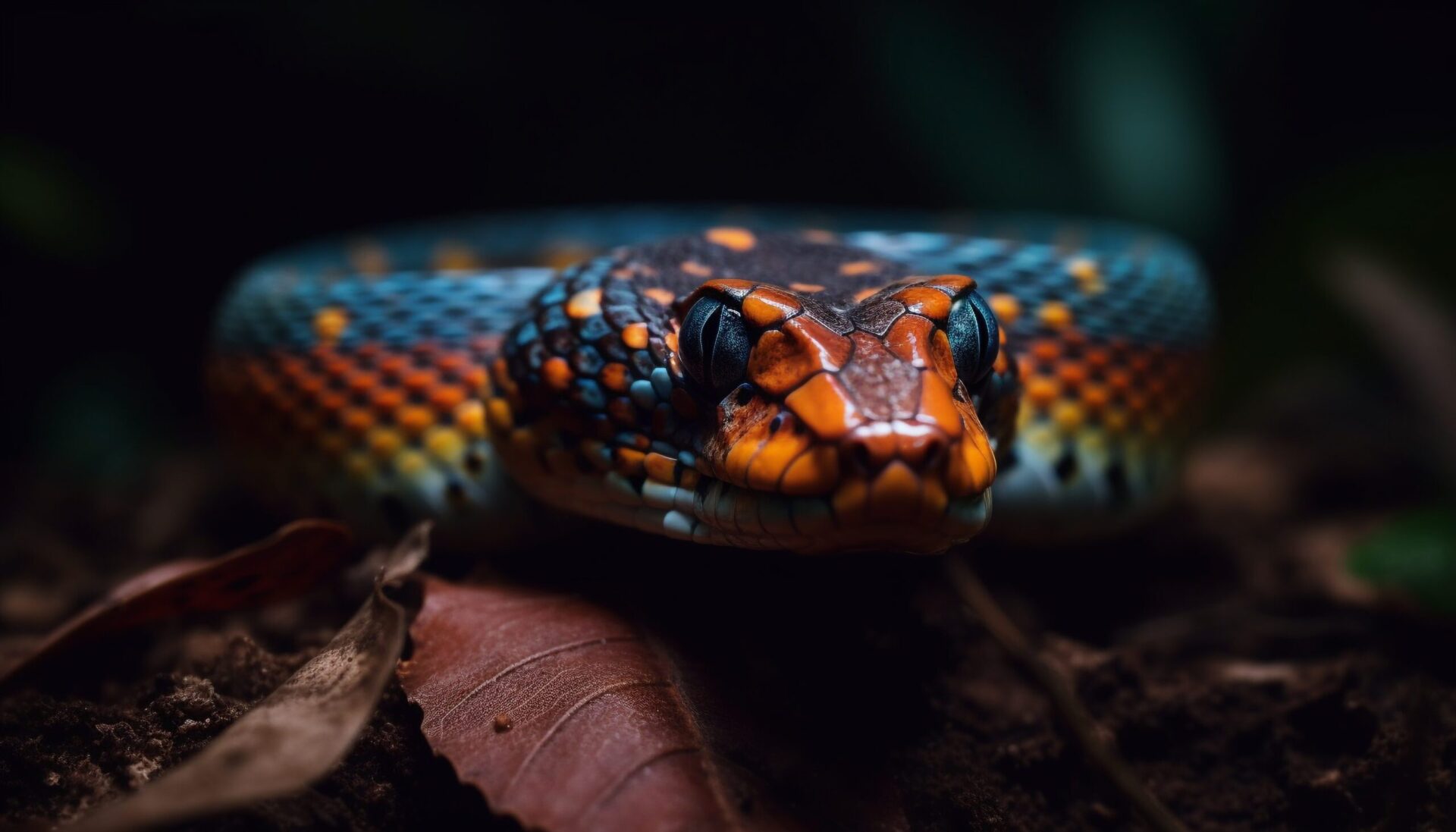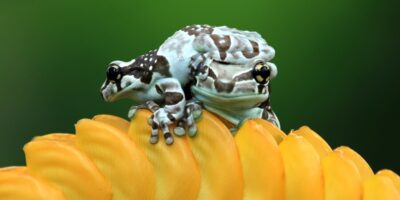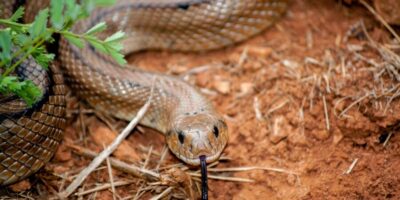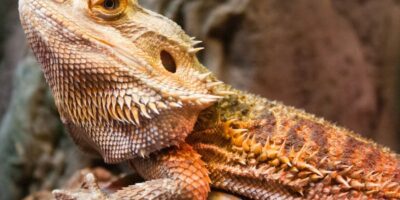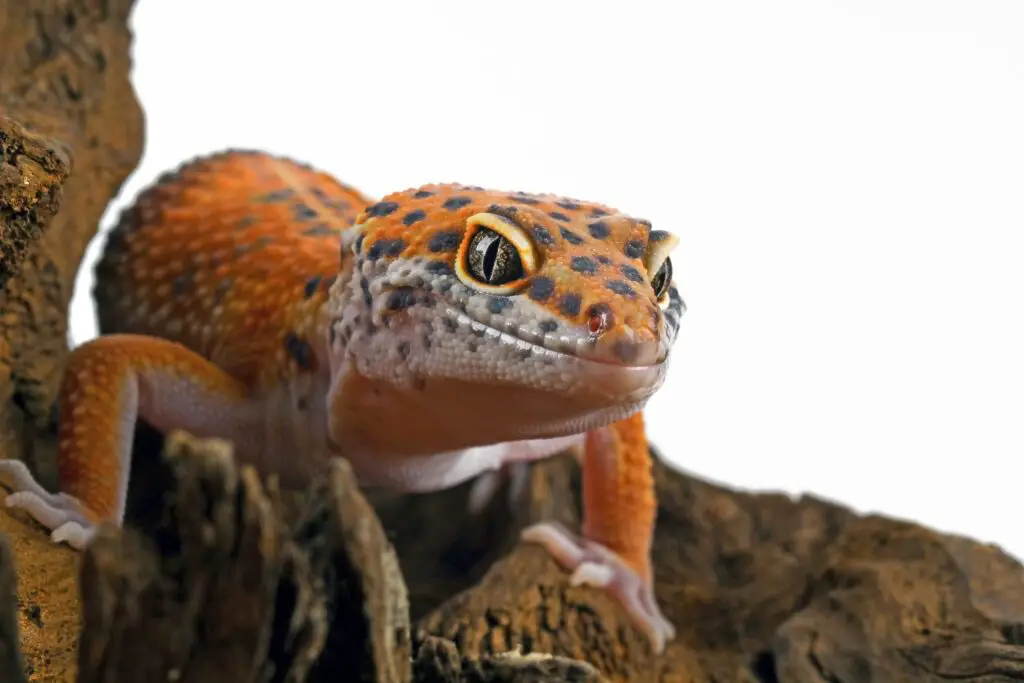
The Red Ackie Monitor, scientifically known as Varanus acanthurus, is a captivating reptile species that has gained immense popularity among reptile enthusiasts as a pet. These small monitors, native to arid regions of Australia, offer a unique and intriguing pet-keeping experience. Known for their striking red hues and distinctive markings, Red Ackie Monitors are revered for their stunning appearance.
This informative guide explores the care and characteristics of these remarkable creatures, providing essential insights into their natural history, habitat requirements, feeding habits, and tips for responsible ownership. Whether you’re a seasoned reptile keeper or considering your first reptilian companion, understanding the world of Red Ackie Monitors can be rewarding and enriching.
Natural range and Distribution of Red Ackie Monitor
The Red Ackie Monitor, Varanus acanthurus, belongs to the family Varanidae, and it is a member of the Varanus genus, which includes various monitor lizard species. These fascinating reptiles are primarily found in the arid and rocky regions of northern Australia.
Their natural range spans the Northern Territory and parts of Western Australia and Queensland, where they inhabit the vast deserts, savannas, and rocky outcrops. Red Ackie Monitors are a relatively small species, typically reaching lengths of 18 to 24 inches (45-60 cm), with their tails accounting for a significant portion of their overall length. In terms of lifespan, when kept in proper conditions, they can live for up to 15-20 years in captivity.
One of the most remarkable features of Red Ackie Monitors is their striking coloration, which includes shades of deep red, orange, and brown, often accompanied by vivid black speckles and a series of distinct bands or rings on their tails. These colors and patterns not only make them visually captivating but also aid in their camouflage in their natural habitat.
Red Ackie Monitors have elongated bodies, strong limbs, sharp claws, and a long, forked tongue used for sensory purposes, allowing them to thrive in arid and rocky environments.
Legal considerations and regulations about Red Ackie Monitor as a pet
Choosing a Red Ackie Monitor as a pet can be a rewarding experience for reptile enthusiasts. These captivating creatures offer several compelling reasons for consideration as a pet. Their relatively manageable size, charming personality, and stunning appearance make them a popular choice among reptile keepers. However, it’s crucial to be aware of the legal considerations and regulations in your region before bringing a Red Ackie Monitor into your home.
When seeking a Red Ackie Monitor, it’s advisable to seek out reputable breeders or exotic pet stores with a good reputation. Purchasing from reliable sources ensures that the animals are ethically sourced and well-cared for. Consider adopting from reptile rescue organizations if you want to provide a home to a monitor lizard in need.
The initial costs of owning a Red Ackie Monitor include the purchase price, ranging from $200 to $500 or more, depending on age, size, and coloration. Setting up a suitable enclosure is another essential investment.
A well-constructed habitat with proper heating, lighting, substrate, and enrichment elements can cost a few hundred dollars or more. It’s crucial to provide a secure and stimulating environment to meet the lizard’s physical and psychological needs. While Red Ackie Monitors make captivating and personable pets, prospective owners should be prepared for the financial commitment and the time required to ensure their health and well-being.
Enclosure and Habitat
Creating the right enclosure and habitat for your Red Ackie Monitor is pivotal to their well-being. These lizards require a spacious environment to thrive, with a minimum enclosure size of 4 feet by 2 feet by 2 feet. A custom-built wooden or glass terrarium is often recommended, offering insulation and security.
The choice of substrate is crucial; a mixture of sand and soil or cypress mulch can simulate their natural environment. Temperature and humidity are paramount for their health. Red Ackie Monitors thrive in a basking spot that reaches 130°F (54°C), with a gradient down to the mid-80s°F (29-32°C) on the cooler end. Adequate humidity, around 40-60%, ensures proper shedding and respiratory health. Providing UVB lighting is essential to metabolize calcium and maintain healthy bones. These lizards also benefit from various enrichment activities and hiding spots, such as rocks, logs, and artificial burrows, to keep them mentally stimulated and secure. Creating the ideal habitat is a key component of responsible Red Ackie Monitor care.
Feeding and Nutrition for Red Ackie Monitors
Diet in the Wild
In the wild, Red Ackie Monitors are omnivorous, consuming a varied diet that includes insects, small vertebrates, plant matter, and even carrion. Their natural diet often consists of insects like crickets, roaches, beetles, and termites, as well as small rodents, lizards, and occasional vegetation.
Feeding Schedule and Recommended Foods
In captivity, Red Ackie Monitors should be offered a diet that replicates their natural ones. A feeding schedule of 3-4 times a week for juveniles and 1-2 times a week for adults is typically suitable.
A well-balanced diet can include appropriately sized insects like crickets, mealworms, superworms, and Dubia roaches.Occasional pinkie mice or small reptile-friendly fruits and vegetables can be provided for added variety and nutrition.
Gut Loading and Supplementation
To ensure optimal nutrition for your Red Ackie Monitor, gut-loading the feeder insects is crucial. Feeder insects should be fed a nutritious diet 24-48 hours before being offered to your lizard.
Dusting the insects with a calcium and vitamin supplement is essential. Calcium should be offered at every feeding, while a vitamin supplement can be provided once or twice a month.
Proper supplementation helps prevent nutritional deficiencies and supports their growth and overall health.
Behavior and Temperament
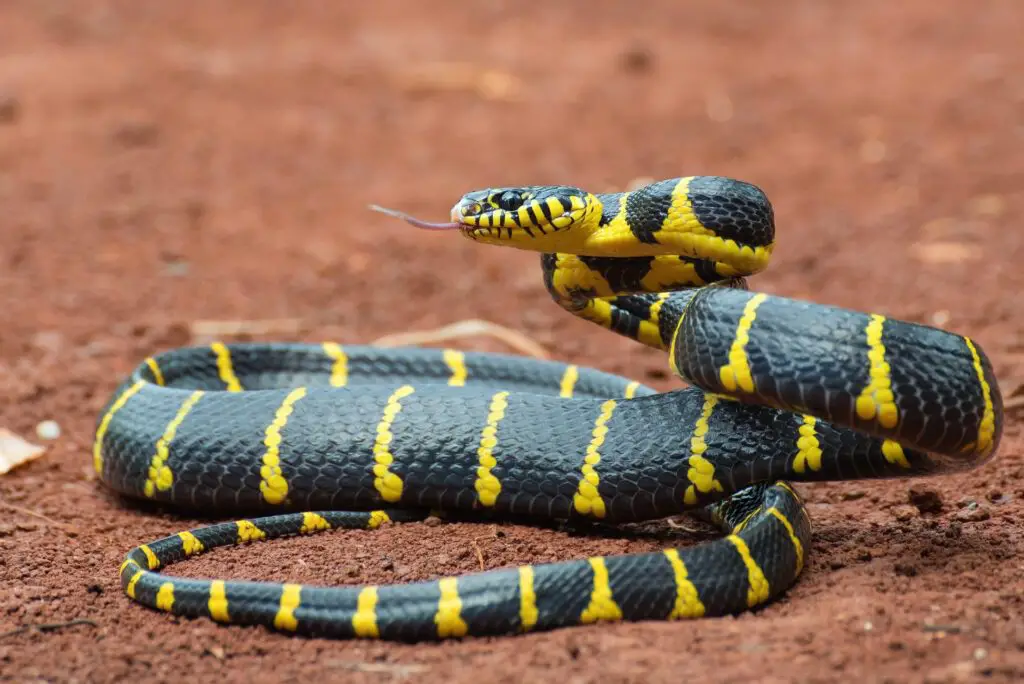
Red Ackie Monitors exhibit intriguing behavior and temperament that can be captivating and challenging for keepers. In captivity, these lizards are known for their curious and active nature. They’re often seen basking, exploring their enclosures, and digging in the substrate. While they may be docile, their temperament can vary from individual to individual. Some Red Ackie Monitors tolerate handling and human interaction, while others remain more reserved.
When it comes to handling and socialization, patience is key. Frequent, gentle handling from a young age can help Red Ackie Monitors become more comfortable with human contact. However, respect for their boundaries is crucial. Avoid sudden movements or overly frequent handling to prevent stress and bites.
Common behavioral issues include stress-induced behaviors like excessive digging or escape attempts. Address these by ensuring the enclosure is appropriately set up and maintained to reduce stress. Regularly monitor for signs of illness, as behavioral changes can indicate health issues. Overall, understanding and respecting the individual temperament of your Red Ackie Monitor is essential for fostering a positive and fulfilling human-pet relationship.
Health Care of Red Ackie Monitor
Ensuring the health of your Red Ackie Monitor is paramount in responsible ownership. Routine health care includes maintaining proper environmental conditions, providing a well-balanced diet, and offering clean water. A healthy Red Ackie Monitor exhibits alertness, clear eyes, and vibrant coloration. They are active, have a healthy appetite, and display regular shedding behavior.
Common health issues in these lizards may include respiratory infections, mites, or issues related to inadequate husbandry, like poor humidity levels or improper temperature gradients. If you notice signs of illness such as lethargy, loss of appetite, labored breathing, or skin problems, consult a reptile veterinarian experienced in treating monitor lizards promptly.
Early diagnosis and appropriate treatment are essential for your pet’s well-being.
Breeding and Reproduction in Red Ackie Monitors
Breeding and reproduction in Red Ackie Monitors can be fascinating yet delicate. Typically, mature males exhibit dominant behaviors and may engage in territorial displays during the breeding season.
Courtship involves intricate rituals, including head-bobbing and tail-waving, before mating occurs. After successful copulation, females lay eggs in a carefully prepared nest site with a suitable substrate for incubation. Incubation periods may last around 90 to 120 days, depending on environmental conditions. It’s crucial to maintain stable temperature and humidity levels during this period to ensure successful hatching.
Once the hatchlings emerge, providing a secure and adequately heated enclosure with appropriate hiding spots and a diet of appropriately sized insects is essential for their growth and development. Monitoring the hatchlings closely for any signs of health issues and ensuring they receive proper nutrition and care are crucial for their well-being.
Conclusion
In summary, properly caring for Red Ackie Monitors involves creating a suitable enclosure that mimics their natural habitat, offering a well-balanced diet with necessary supplements, and understanding their behavioral needs.
Gentle handling and vigilant health monitoring are essential for their overall well-being. It is crucial to approach pet ownership with a sense of responsibility, ensuring these captivating creatures receive the care and attention they require to thrive in captivity. Remember, seeking guidance from experienced reptile keepers and utilizing reputable resources can significantly aid your journey as a responsible Red Ackie Monitor owner. With dedication and the right information, you can foster a rewarding and enriching relationship with these remarkable reptiles.
